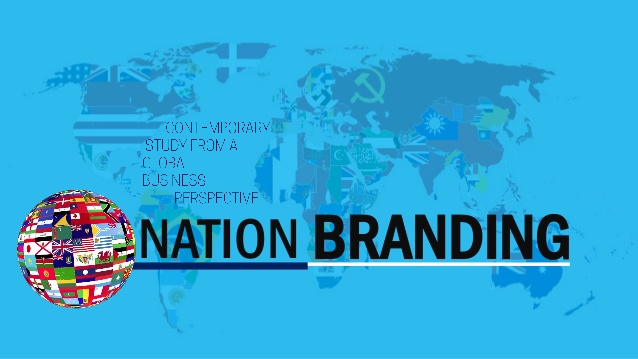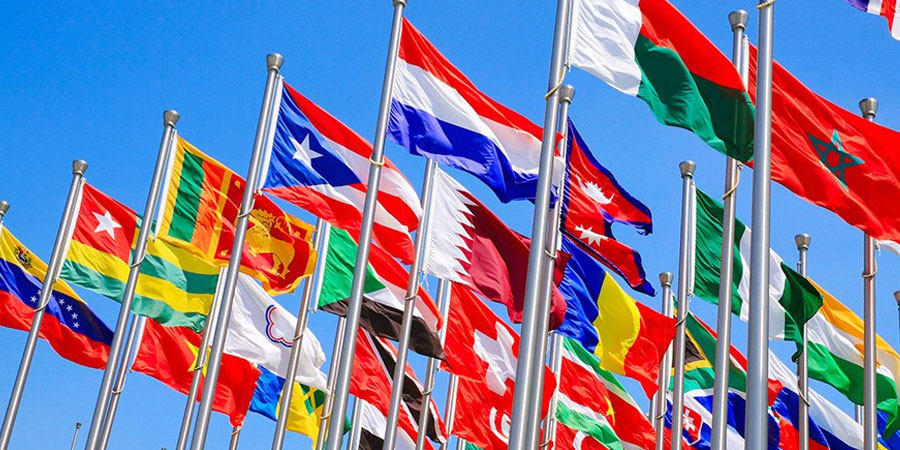Country Branding
“Country Branding” in Building a Prosperous Country.Marketers 360º first Bangladeshi agency in Country Branding.
The history of product branding in Bangladesh is very old. However, the product for which the land was known all over the world was “Dhakai Muslin or Jamdani”. Later, towards the end of the British rule, some of Dhaka’s sweets, Kalachand, Maranchand, and Alauddin’s sweets became very popular. The house emerges with their own brand, and “Made in Bangladesh” is a unique brand in the field of readymade garments.
In the case of Bangladesh, product branding is old but the concept of nation branding is new. At present, “Bangladesh Cricket” has emerged as a brand and has elevated Bangladesh as a nation in the world. In 2008, the first campaign to officially present Bangladesh to the world was officially launched as “Beautiful Bangladesh”.
In the same year, the Ministry of Commerce took initiative to diversify exports under the name of “One District One Commodity”. In addition, the current government’s “Digital Bangladesh” branding is gaining wide recognition in the country and abroad to transform Central Bangladesh into a middle-income country by 2021 through the use of information technology. Continuing this, we can present our country to the people of the country and abroad through Brandy from their respective places. According to the context of Bangladesh, we can brand the country in the following categories.

- Nation Branding
- Place Branding
- Product Branding
- Division/State Branding
- District Branding
- City/Town Branding
- Union & Village Branding
The first branding is thought to have originated in 2000 BC with the idea of establishing rights over a valuable item. At the time, the main theme of the branding was “It’s not me-anyone”. Later, in the 18th century, the concept of product branding changed to “It’s mine – you buy.” However, according to Simon Anhalt, the idea of space branding first appeared in the time of Alexander the Great. He felt that the success and failure of a country depended largely on its image outside the country. However, the real issue of space branding came to the fore in the 1990s when Australia, Hong Kong, Spain formulated such strategies. City-branding, on the other hand, began in the 1960s to present a city uniquely to all. However, the subject of Nation branding was first used by Simon Anholt in the 1990s.
Wide range of branding can be basically divided into two parts. One is product-centric branding and the other is space-centric.
Product-centric branding:This is the earliest form of branding. It is currently being used in the market economy to promote product-centric branding, product excellence, and specific core qualities. Product branding can be defined as follows:
A brand is a name, word, symbol, sign, design, or combination that helps a seller or group of sellers differentiate their product or service from the product or service of their competitors.
In other words, a broad expectation, memory, story, interrelationship that together will help a buyer to choose a particular product or service from a product or service.

Space/Place-centric branding: This is a relatively new trend. Basically it is the history, heritage, culture, economic activities, reputation, etc. of a place. All in all a basic idea-centric campaign about that place. Space-branding is a process through which various activities are undertaken based on the possibilities and features of the place to enhance the image or reputation of the place. Space-centric branding can again be divided into two. Nation Branding and City Branding.
Nation branding:A nation does this kind of branding by highlighting its history, heritage, culture, economic activities, reputation etc. For example, in terms of nation branding, Singapore has been able to create a unique position in the world.
On the other hand, according to Simon Anhalt, nation-branding is the overall perception of people outside the country about the six specific issues of a country such as export, governance, tourism, investment, immigration, culture, heritage and people.
City Branding:A strategy of urban branding is to present a city uniquely to its citizens, visitors, investors, various companies and tourists. For example, India has successfully branded its Jaipur as a “Pink City” or Florida as a “Silicon Valley” famous for its IT sector.

Different means of planning and implementation of branding and promotion:
Proper implementation of the plan made to achieve the set goals of branding is very important. Many issues are directly related to the implementation of the plan, such as: institutional and organizational structure, necessary infrastructure, massive publicity in branding activities, etc.
Promoted campaigns play an important role in the rapid spread of any branding. The following activities can be taken to make the branding activities known to all including the target audience.
- Print media (newspapers, magazines etc.)
- Electronics Media (TV, Radio etc.)
- Production and distribution of leaflets
- Brand related e-newsletter
- Preparation of brand related booklets
- Social Media Promotion – (eg Facebook, YouTube, Twitter etc.)
- Organizing brand related fairs
- Arranged in various national and regional events brand atmosphere
- Organizing brand festivals
- Brand related websites
- Tourist Information Guide / Catalog
- Organizing various cultural events or competitions on branding
- Campaign through people of all classes of local professions
- Brand related stories / anecdotes: There is a story behind all the big brands in the world. The brand legend is not just a description of a brand but touches people’s beliefs and emotions about each of its components. Such a wonderful anecdote can easily convey the brand to the people.
- Branding Theme Song
- Branding documentary
- Branding promotional videos
- Branding television and online video production
- Organizing various branding campaigns
- Branding related road shows
- Brand Ambassador Recruitment
Branding as a whole is a powerful strategy or way of communicating the identity of a product, service, organization, or place in a preferred way.



